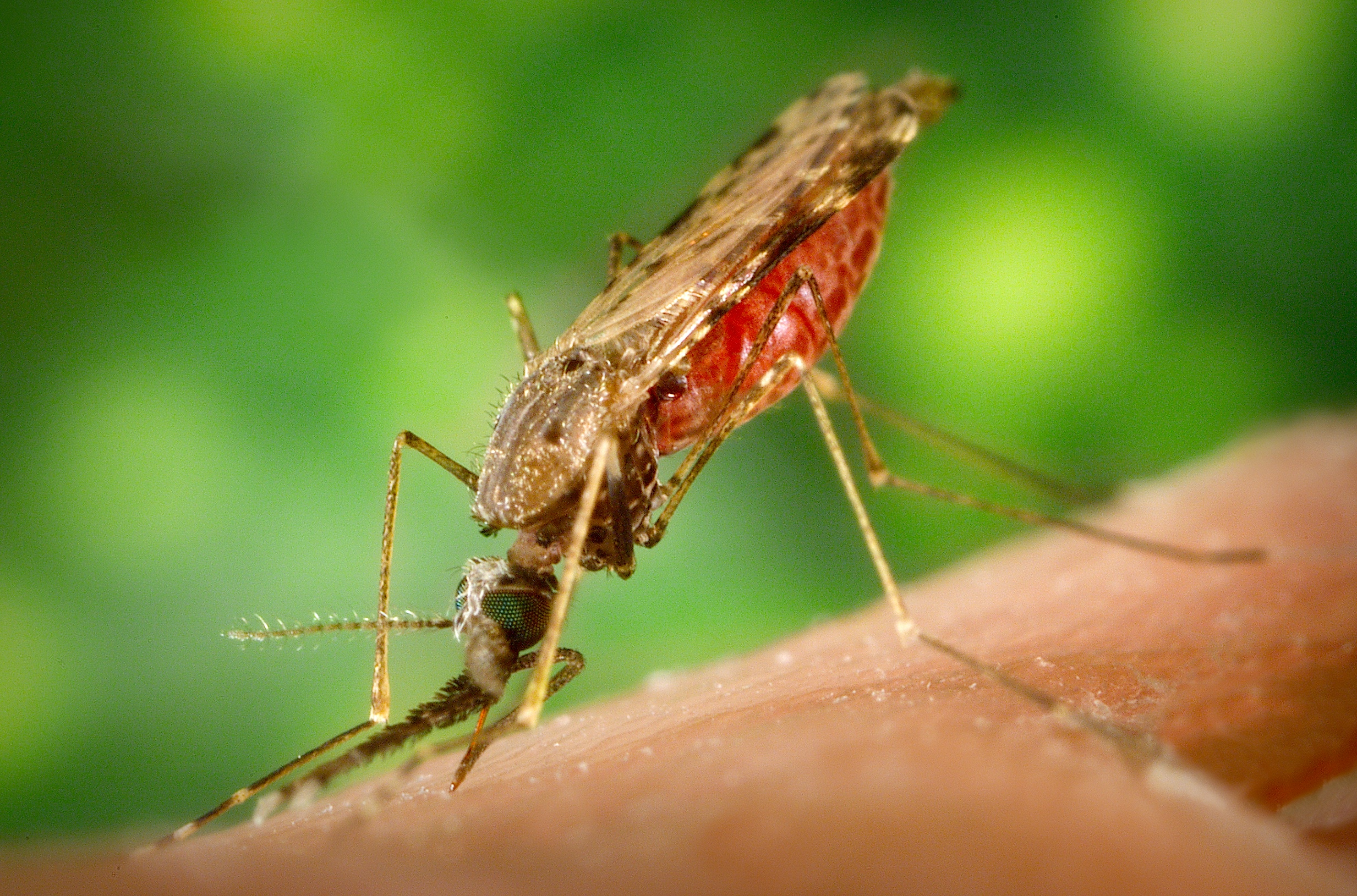A study published in the New England Journal of Medicine shows that malaria is becoming resistant to the most effective anti-malarial drugs currently available, known as artemisinin-based combination therapy. This therapy  involves two drugs – artemisinin, which acts and leaves the body quickly for a “shock” to the parasites that cause malaria, and mefloquine, or another related drug, which stays in the body longer and cleans up the rest.
involves two drugs – artemisinin, which acts and leaves the body quickly for a “shock” to the parasites that cause malaria, and mefloquine, or another related drug, which stays in the body longer and cleans up the rest.
Since there are currently no equally effective replacement drugs or a vaccine for malaria, an increase in the drug-resistance of malaria may increase the number of deaths from malaria. In 2006, malaria was responsible for nearly 1 million deaths, according to the World Health Organization (WHO).
A Cause Map built using a root cause analysis template can visually explain the causes leading to drug-resistant malaria in a simple, intuitive format that fits on one page. (To view the Cause Map, click on “Download PDF” above.)
A risk in the increase in deaths from malaria is caused by people being infected by malaria, and ineffective malaria treatment. Nearly 250 million people a year are infected with malaria, due to exposure to mosquitoes in an endemic area, no vaccine and no preventive drugs (which are expensive and can have side effects with long-term use). Ineffective malaria treatment can be due to counterfeit drugs, which are estimated by WHO to comprise up to 40% of the drug supply. Counterfeit drug distribution is increasing due to a lack of security of the drug supply.
 Additionally, the increase in drug-resistant malaria means that existing treatments are less effective. (Counterfeit medicines are a double whammy in that they also contribute to drug resistance.) Drug resistance generally occurs when an infected person takes a not-quite-whole course of treatment. The treatment kills off most of the bugs, leaving only those strong enough to resist. When these “super” bugs then reproduce, the resulting generations are more likely to be drug resistant. (This is what’s been happening in the U.S. with some antibiotics.)
Additionally, the increase in drug-resistant malaria means that existing treatments are less effective. (Counterfeit medicines are a double whammy in that they also contribute to drug resistance.) Drug resistance generally occurs when an infected person takes a not-quite-whole course of treatment. The treatment kills off most of the bugs, leaving only those strong enough to resist. When these “super” bugs then reproduce, the resulting generations are more likely to be drug resistant. (This is what’s been happening in the U.S. with some antibiotics.)
The most effective (and WHO recommended) course for malaria is the combination therapy discussed above. Unfortunately, the mefloquine class of drugs have severe adverse side effects, including nausea, vomiting, and nightmares. When the two medications are given separately, some people chose not to take all (or any) of the mefloquine to avoid these side effects. A possible solution is to only offer the two together, in a combination pill.
The WHO and other organizations continue to work on this problem. An experiment in Europe recently used weakened mosquitoes as “flying vaccines” for malaria, with some success. Until then, the use inexpensive preventive measures such as mosquito nets and indoor spraying continues to increase.
To learn more about diseases carried by mosquitoes, see our yellow fever blog posting.
